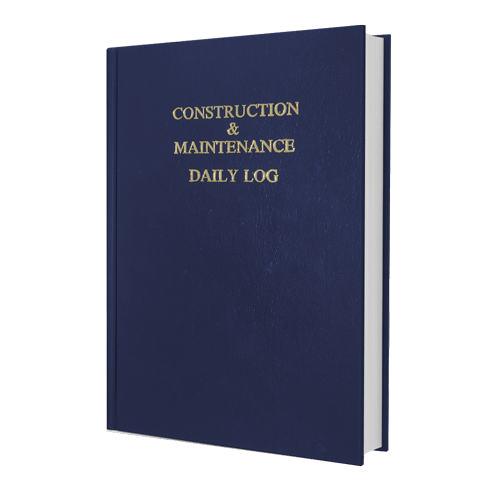He was born in a dusty little town in nowhere
New Mexico, coming of age during the height of the Great Depression. To earn
money as a teenager he found a solution to a local problem. Due to the demand
of the war effort, local ranchers couldn’t get metal to replace their rusting
water and feed troughs. He discovered that by taking a hatchet and poking a
bunch of holes in the rusting containers to create a “key,” he could layer
cement mortar inside and out and create a usable and durable container,
extending the life for years.
He earned enough to buy an old truck and a small travel trailer, packed up his
wife and baby and headed to California.
When they finally arrived in the Golden State, they settled in Riverside, a
rural community where land was cheap and orange groves were plentiful. To find
work to feed his family, he walked onto a job site, a new church being built.
He watched as the plaster crew was running molds and stuccoing the exterior. He
found the foreman and convinced him that he was a “plasterer” although his only
experience was lining water troughs. He was told to go up on the scaffold to
help run a mold around the large stained glass window. It didn’t take long for
the man he met up on the wall to tell him didn’t know what he was doing. The
two men had a brief and frank conversation. He was allowed to remain on the job
and soon joined the union.
The two men worked side by side for several years and became fast friends. When
he decided to get his contractor’s license and to go into business for himself,
his friend quit and came with him to become his foreman. At the height of his
company’s success, he employed more than 60 union plasterers and hod-carriers.
In the late-’50s he was awarded one of California’s first shopping malls, the
Riverside Plaza. As the 1960s passed and he grew older, he began to reduce the
number of employees and returned to working with the tools. His work drifted
away from new construction and towards remodeling and historic restoration.
GOOD AND PRODUCTIVE RULES OF LIFE
In 1969, his adult son died unexpectedly and a year later he took a young
14-year-old boy into his home that had been abandoned by his family and was
found living in a county-supported group home. There were only two rules to
living with him and his family: 1) Attend school, and; 2) When not in school,
go to work with him on the job site.
When the boy graduated high school, he took him down to the union hall and
said, “Sign him up, he’ll make a good apprentice.” That was 36 years
ago.
A year later that young boy won the California State Plasterers Contest. He
finished his apprenticeship and went on to work on some of the most elaborate
plastering projects in Southern California before being elected as a business
agent for the union. Today that same boy is the Executive Director of the
National Plastering Industry’s Joint Apprenticeship Trust
Fund.
Thanks, Dad
Lynn T. Rogers (1921 – 2011)
Trowel Talk: One Good Turn






Report Abusive Comment